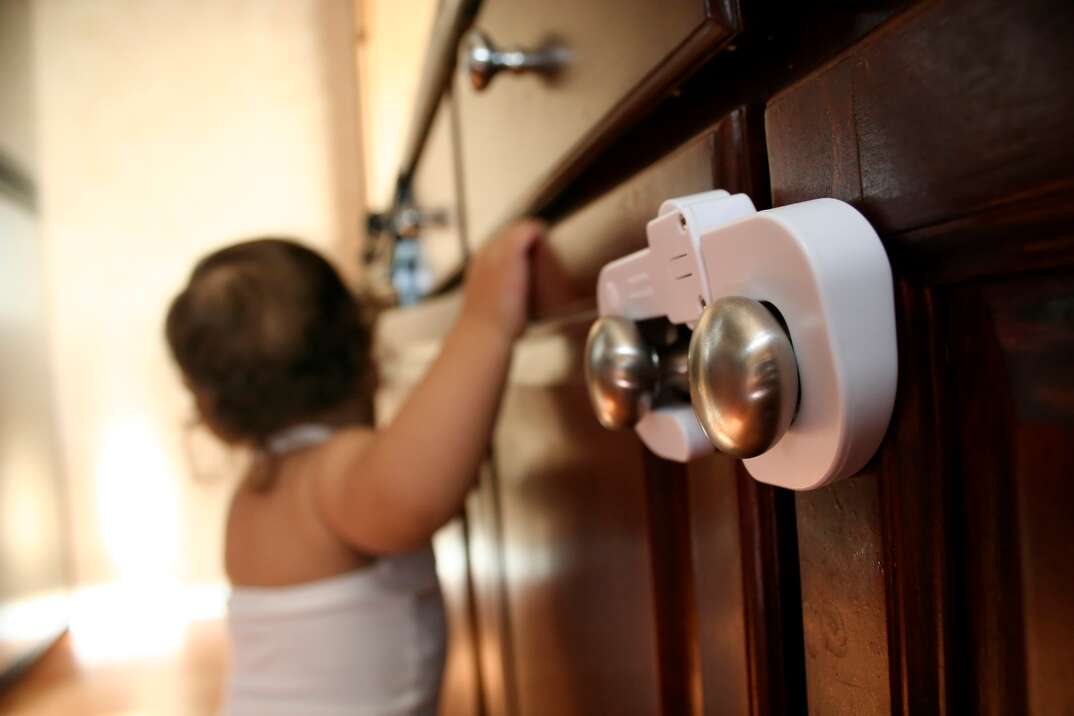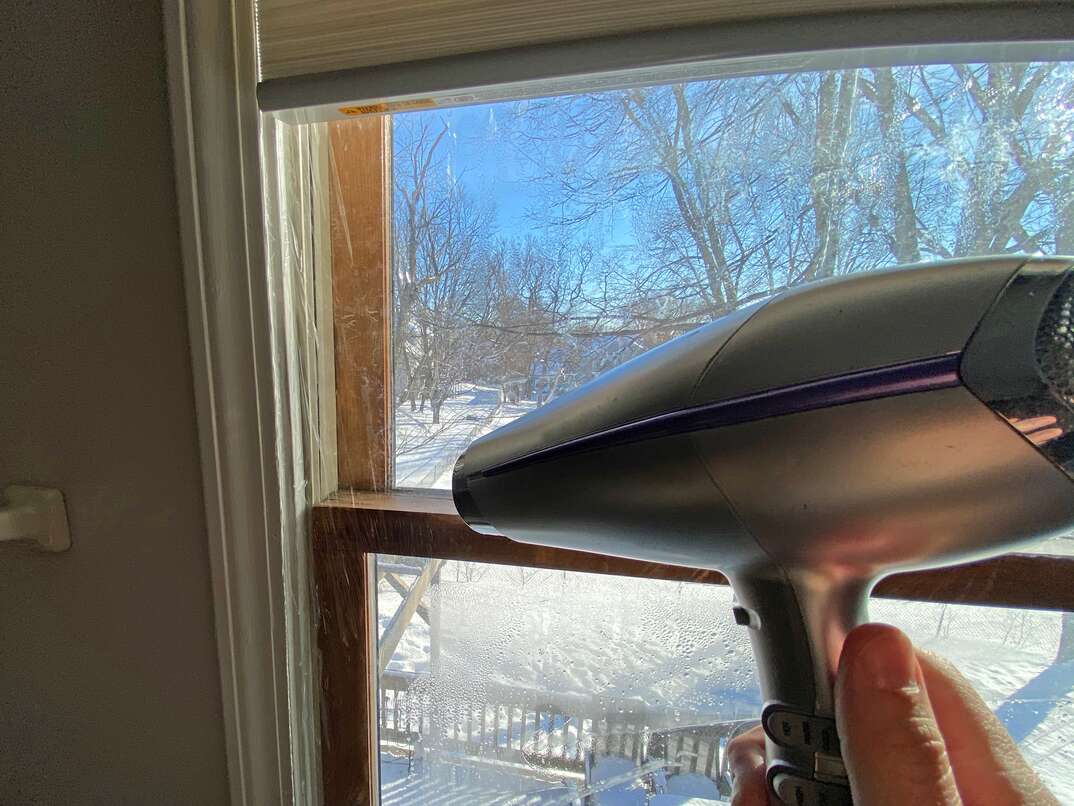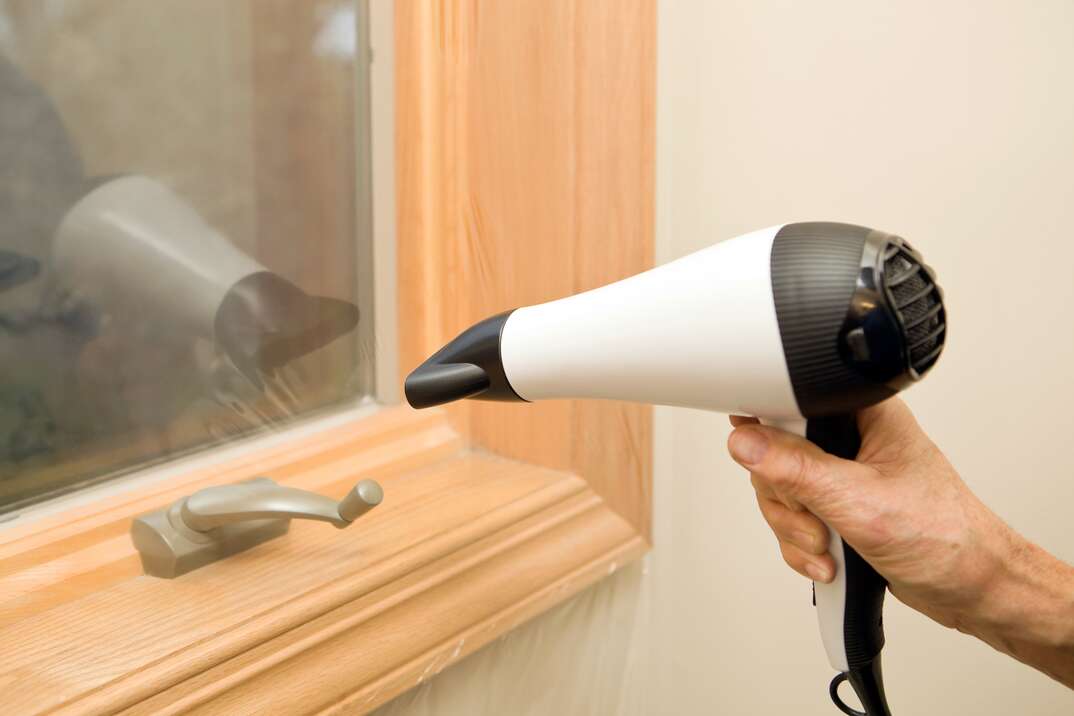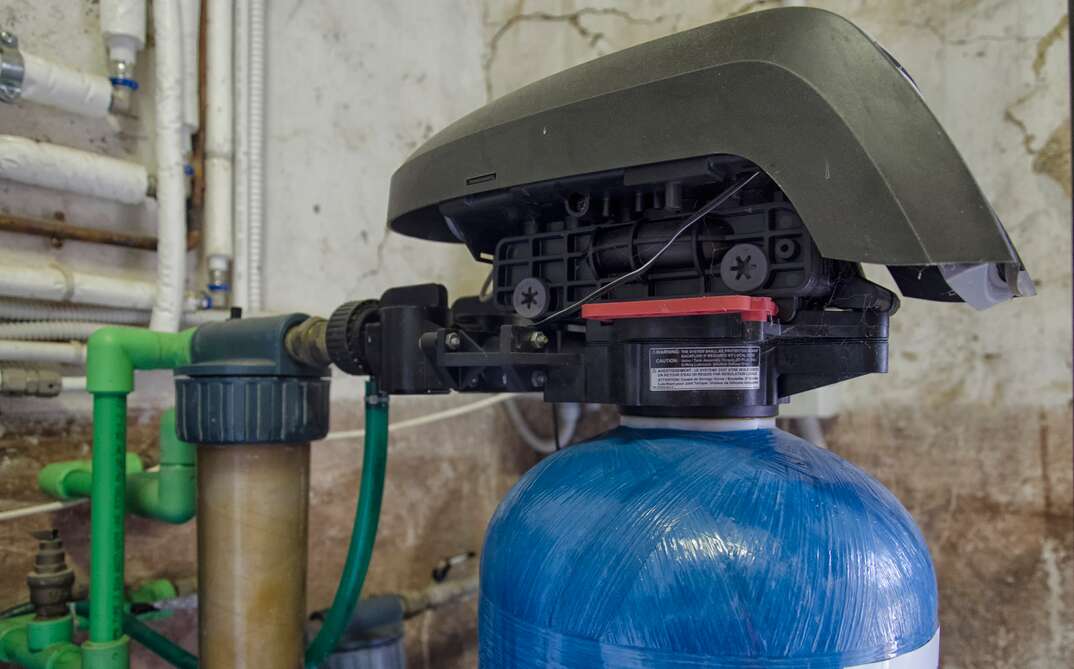Babyproofing Your House: A Child-Safety Checklist

Babyproofing Your Home at a Glance
- Step 1: Practice crib safety
- Step 2: Secure stairs, doors and windows
- Step 3: Remove cords, small or sharp objects and toxic products
- Step 4: Babyproof outlets, stoves and fireplaces
- Step 5: Check furniture
Got a bundle of joy on the way? Preparing for little visitors? Either way, it’s important to babyproof your home. Young children are naturally curious and learn about the world through their senses, often touching, smelling and tasting everything around them. Make sure babies and children can safely explore their environment by babyproofing your house.
This May Also Interest You: Safe Cleaning Products that Aren’t Actually Safe
Babyproofing can reduce the risk of accidental falls, burns and poisoning. Here’s a checklist to keep in mind while prepping your space for little ones.
When Should You Childproof Your Home?
There are different safety considerations for every phase of your child's growth. While you don't need to install baby gates as soon as you bring your newborn home from the hospital, you’ll want to have gates up by the time your child starts crawling or walking. Your baby will reach developmental milestones gradually, which means you can babyproof your home gradually, too. That said, it's never too early to begin making your home child-friendly.
Start with spaces where you spend the most time, such as the nursery, kitchen and living room. Then, work your way through the house room by room. You may need to get on your hands and knees to see what could be within your child's reach. Make a list of potential dangers, remove what you can and buy appropriate safety devices.
Ensure Sleep Safety
Your newborn baby isn't on the move yet, so your main concern is to make their sleeping area safe. Remember that a newborn can't lift their head to shift away when an object covers their face and makes it hard to breathe. The American Academy of Pediatrics has many tips on sleep safety.
Here are a few measures you can take:
- Make sure the crib mattress fits snugly with no gaps.
- Don't put toys, pillows or bumper pads in the crib.
- Dress your baby in a warm sleeper instead of using a blanket.
- When your baby is able to sit up, remove mobiles.
- Position the crib away from the window.
Remove Access to Stairs
Installing a baby gate at the top of a set of stairs ensures that a crawling baby doesn't tumble down, but it's good practice to put a gate at the bottom as well. A child who starts crawling up the stairs can lose their balance or slip.
Secure Doors and Windows
Once your child figures out how to open doors and drawers, a whole new world becomes accessible. Limit their access with these steps:
- Use doorknob covers to prevent them from getting into an off-limits room.
- Add a chain latch up high on doors leading to the exterior.
- Put safety latches on refrigerator, freezer, oven and cupboard doors.
- Install drawer locks, especially in the bathroom and kitchen.
- Use window guards to keep windows shut or ensure they only open a few inches.
- Avoid putting furniture in front of windows so that your child can't climb up and potentially fall out.
Take Precautions Against Drowning
Drowning is the second most common cause of death among children under the age of four. Young children are most likely to drown in swimming pools and bathtubs, but even a small amount of standing water is dangerous for babies.
- Don't leave children unattended near a bathtub, wading pool or water bucket.
- Drain a bath immediately when done.
- Place locks on toilet seats.
- Remove access to hot tubs, outdoor pools, decorative ponds, wells and cisterns.
- Consider wearable alarms that sound when wet.
Tuck Cords Away
Dangling cords from window blinds and curtains are tempting to play with but can get wrapped around a child's neck. Injuries from window blinds send two children to the emergency room each day.
Cordless blinds are the best option for covering windows. If you do have window blind cords, attach a cord wrap to the wall and wind the cords so they're secure and out of reach.
More Related Articles:
- Wood-Burning Stove and Fireplace Safety
- 5 Tips for Carbon Monoxide Safety
- What You Need to Know About Gas Safety
- Your Christmas Tree Could Be a Fire Hazard — Prevent Holiday Disaster With These Safety Tips
- Learn How to Install a Smoke Detector Safely
Watch for Choking Hazards and Sharp Objects
Babyproofing your house means constant scanning of floors, tables and low areas for small objects that a child could choke on. Sharp items like scissors, knives, fireplace accessories, screwdrivers and other tools should be locked away when not in use. Be sure to secure garbage cans with child-resistant covers or keep the bins out of reach in a latched closet or cabinet.
Here are some common items babies and small children will put in their mouths. Clean these up when you see them lying around:
- Coins
- Buttons
- Beads
- Pins
- Fridge magnets
- Watch batteries
- Screws
- Small toys like marbles or dice
Prevent Poisoning
According to the Centers for Disease Control and Prevention, about 300 children are treated in emergency rooms for ingesting poisonous products every day. Place toxic products, chemicals and medicines securely out of reach in a high, locked cupboard. Keep the number for your local poison control handy for quick access in case of emergency.
These are a few common household products that are dangerous if ingested by children:
- Household cleaning products
- Laundry detergent and pods
- Furniture polish
- Prescription and over-the-counter medicine
- Vitamins and supplements
- Bleach
- Nail polish remover
- Mouthwash
- Antifreeze
- Wiper fluid
- Alcohol
Babyproof Electrical Outlets
One of the biggest risks to children is electric shock when they chew on a cord or poke fingers or objects into an exposed outlet. Block their access to outlets and keep cords out of sight. Installing extra wall outlets is a safe alternative to running extension cords through a room. There are many safety devices on the market to protect your children from electricity, including:
- Outlet plug covers and caps
- Sliding outlet covers
- Power strip safety covers
- Duct cord covers
- Cord shorteners
Reduce Risk of Burns
According to the American Burn Association, about 65% of young children who are hospitalized for burns have been scalded by hot liquids. In many cases, burns are preventable. Follow these safety tips:
- Set your water heater no higher than 120 degrees.
- Use screens to prevent a child from touching fireplaces, radiators and other heat sources.
- Keep children away from candles, barbecues, grills and space heaters.
- Use stove knob covers to prevent burners from being turned on accidentally.
- Unplug toasters, coffee pots and other small appliances when not in use.
Do a Furniture Check
Babies who are starting to pull themselves to a standing position or climb on objects can find many ways to get into trouble. Invest in safety brackets or straps to secure tall bookshelves and entertainment units to the wall so they don't tip if pulled on. Use placemats instead of tablecloths that can be tugged on.
Toddling babies who aren't sure of their footing will bump into furniture. Tuck floor lamps behind sofas so they can't be knocked over. Place corner guards on sharp furniture edges such as end tables. Keep dishes and other items away from the edges of counters and tables.
How Much Does It Cost to Babyproof a House?
The cost of childproofing your house depends on the size of your home and the belongings you have. Here are typical costs of babyproofing items you may need to make your house safe:
- Baby gates: $25 to $125
- Outlet plugs: $3 to $5 per pack
- Outlet covers: $5 to $20
- Cord shorteners $3 to $10
- Power strip cord cover or box: $10 to $40
- Window guards: $25
- Window blind cord wraps: $5 to $10
- Doorknob covers: $5 per pack
- Drawer and cupboard latches: $5 to $15 per pack
- Stove knobs: $10 to $15 per pack
- Appliance latches: $7 to $10 per pack
- Toilet locks: $5 to $10
- Furniture anchors: $10
- Fireplace screens: $75 to $200
Since we’re all home now more than ever, being prepared for unexpected home repairs with a plan from HomeServe is important. Having a plan in place gives you peace of mind knowing that you can simply call our 24/7 repair hotline for covered breakdowns. See what plans are available in your neighborhood.


